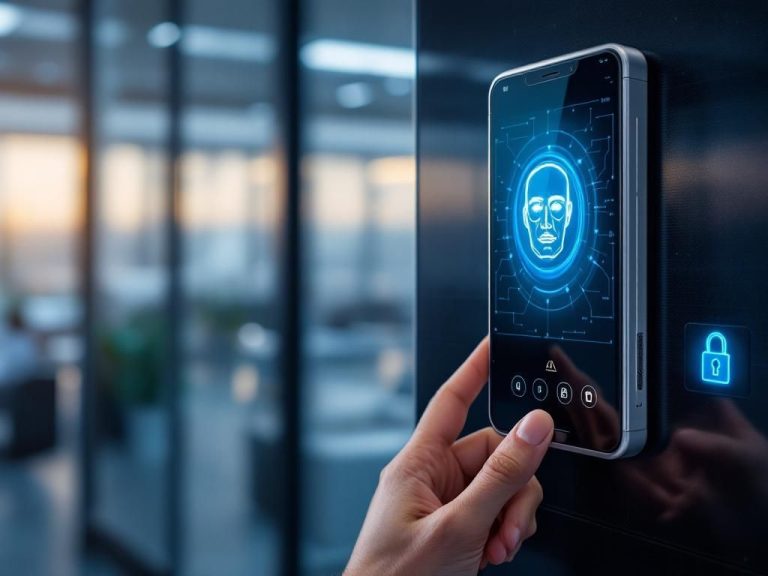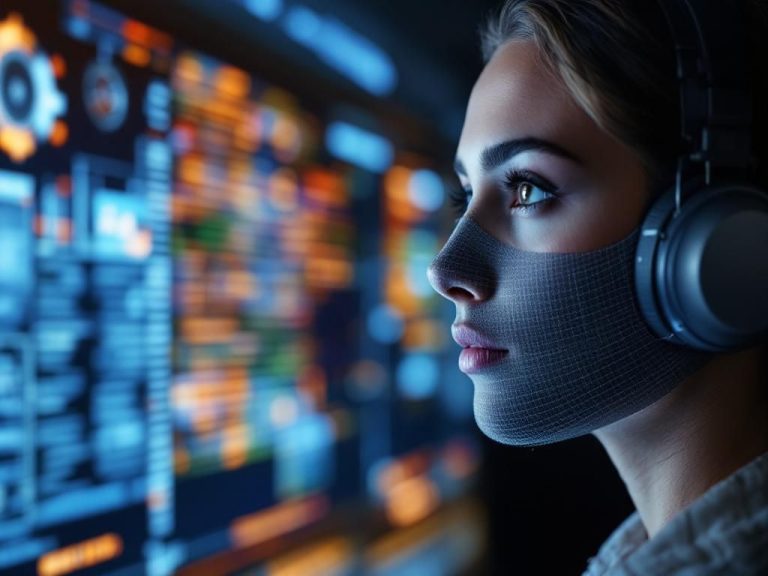In the age of rapid technological advancement, securing access to sensitive areas and information has become increasingly critical. Traditional methods such as passwords and ID cards are often inadequate against sophisticated threats. Enter facial recognition technology—a cutting-edge solution that offers enhanced security while facilitating seamless access. This article delves into the various aspects of facial recognition systems, their implementation, benefits, and potential challenges, making a case for their integration into modern security protocols.
Understanding Facial Recognition Technology
Facial recognition technology uses biometric software to map an individual’s facial features and compare the captured image against stored profiles. This technology relies on algorithms that analyze specific facial landmarks, such as the distance between the eyes, nose width, and jawline shape. By leveraging machine learning and computer vision, these systems can accurately identify individuals in real-time.
How Does Facial Recognition Work?
The process of facial recognition can be summarized in several key steps:
- Image Acquisition: A camera captures an image or video of a person’s face.
- Facial Detection: The system identifies and isolates the face from the rest of the image.
- Feature Extraction: Distinct facial features are extracted and converted into a mathematical representation.
- Comparison: The extracted features are compared against a database of known faces.
- Decision Making: If a match is found, access is granted; otherwise, it is denied.
Applications of Facial Recognition Technology
This technology is proving to be invaluable across various sectors. Here are some of its prominent applications:
1. Security and Law Enforcement
Facial recognition is widely used in security systems to enhance safety in public spaces. Law enforcement agencies utilize this technology for:
- Identifying suspects in real-time during investigations.
- Enhancing surveillance operations in crowded areas.
- Finding missing persons by scanning public CCTV footage.
2. Access Control
Organizations are adopting facial recognition systems for secure access control, offering several advantages:
- Elimination of physical access cards, reducing the risk of unauthorized duplication.
- Streamlined entry processes, allowing for touchless access.
- Increased security in sensitive areas, such as data centers and laboratories.
3. Retail and Customer Experience
Retailers are leveraging facial recognition to enhance customer experiences by:
- Personalizing marketing efforts based on customer demographics.
- Monitoring shopper behavior to optimize store layouts.
- Enhancing security against shoplifting and fraud.
Benefits of Implementing Facial Recognition Systems
Adopting facial recognition technology comes with numerous benefits, including:
| Benefit | Description |
|---|---|
| Improved Security | Facial recognition adds an additional layer of security beyond traditional methods. |
| Speed and Efficiency | Quick identification allows for rapid access decision-making. |
| Cost Reduction | Reduces the need for physical access cards and manual ID checks. |
| Data Insights | Gathers valuable data on user behavior and demographics. |
Challenges and Considerations
Despite its advantages, facial recognition technology poses several challenges that organizations must consider:
1. Privacy Concerns
The use of facial recognition raises significant privacy issues, as individuals may not be aware that their images are being captured and analyzed. Organizations must navigate legal frameworks and ensure compliance with data protection regulations.
2. Accuracy and Bias
Facial recognition systems can exhibit biases depending on the algorithms used. Variations in accuracy among different demographic groups can lead to unfair treatment and discrimination. Continuous refinement of algorithms and diverse training data are essential to mitigate this risk.
3. Reliability in Diverse Conditions
Facial recognition systems may struggle in challenging environments, such as low light or extreme weather. Organizations must invest in high-quality cameras and software that can adapt to various conditions.
Future of Facial Recognition Technology
The future of facial recognition technology seems promising, with ongoing advancements in AI and machine learning. Key trends include:
- Integration with Other Technologies: Combining facial recognition with IoT devices will create more intelligent security systems.
- Decentralized Data Management: Emerging solutions will focus on user consent and decentralized storage to alleviate privacy concerns.
- Enhanced Accuracy: Continuous improvements in algorithms will lead to more accurate and bias-free recognition.
Conclusion
Facial recognition technology represents a transformative advancement in security and access control. While it offers significant benefits, organizations must remain vigilant in addressing privacy concerns and biases associated with its use. By understanding the technology’s functionalities, applications, and implications, businesses can effectively harness its power to create a secure environment for their operations and customers.
FAQ
What is facial recognition technology in access control?
Facial recognition technology in access control uses biometric data to identify individuals by analyzing facial features, enabling secure and automated entry to restricted areas.
How does facial recognition improve security?
Facial recognition enhances security by providing accurate identification, reducing the risk of unauthorized access, and allowing for real-time monitoring of individuals in secured locations.
Is facial recognition technology safe and reliable?
When implemented correctly, facial recognition technology is safe and reliable, but its effectiveness can depend on factors like lighting conditions and the quality of the camera used.
What industries benefit from facial recognition access control?
Industries such as banking, healthcare, government buildings, and high-security facilities benefit significantly from facial recognition access control by enhancing security and streamlining operations.
Can facial recognition technology be integrated with existing security systems?
Yes, facial recognition technology can often be integrated with existing security systems such as surveillance cameras and alarm systems to create a comprehensive security solution.
What are the privacy concerns associated with facial recognition access control?
Privacy concerns include potential misuse of biometric data, lack of consent for data collection, and the need for transparency in how data is stored and used.




